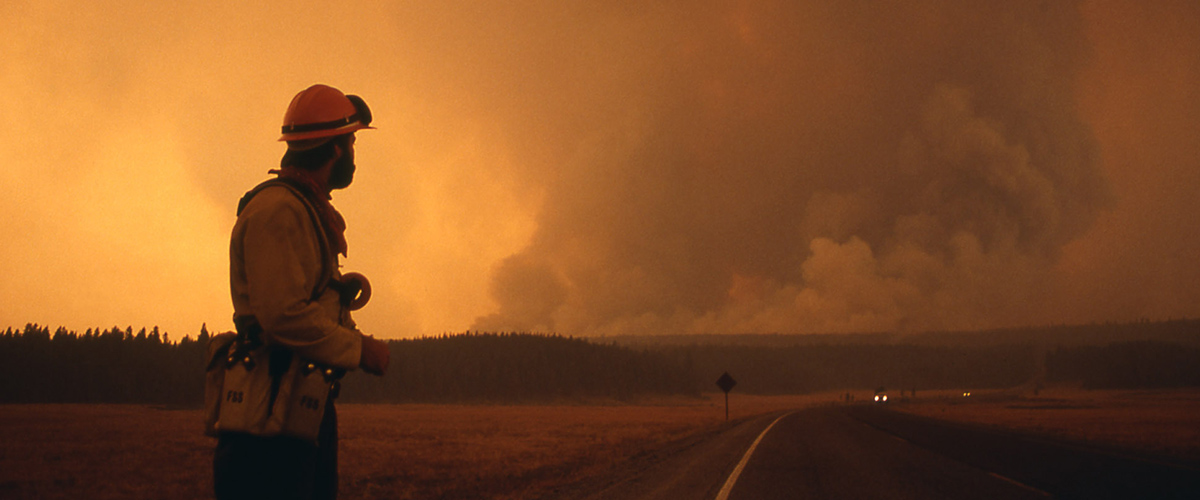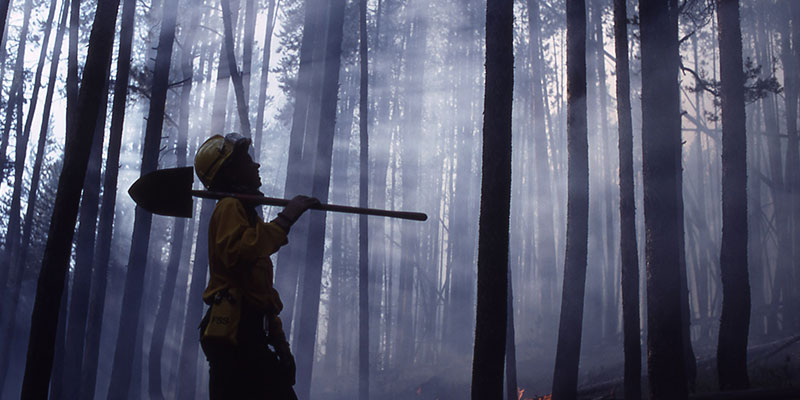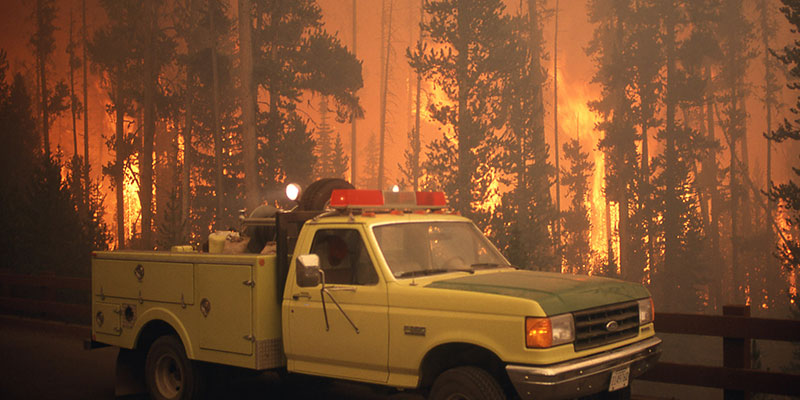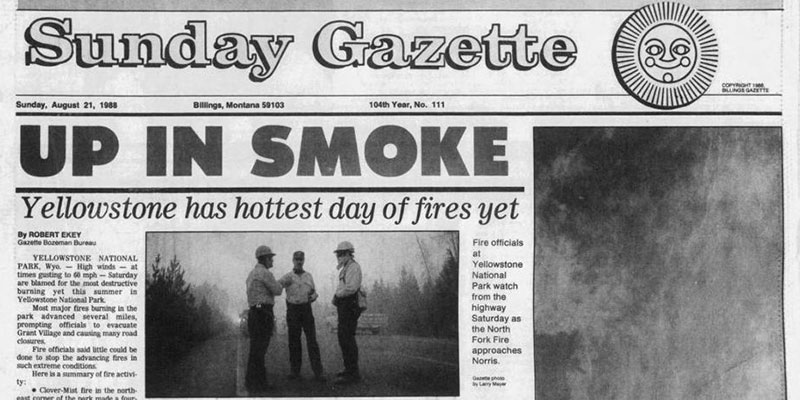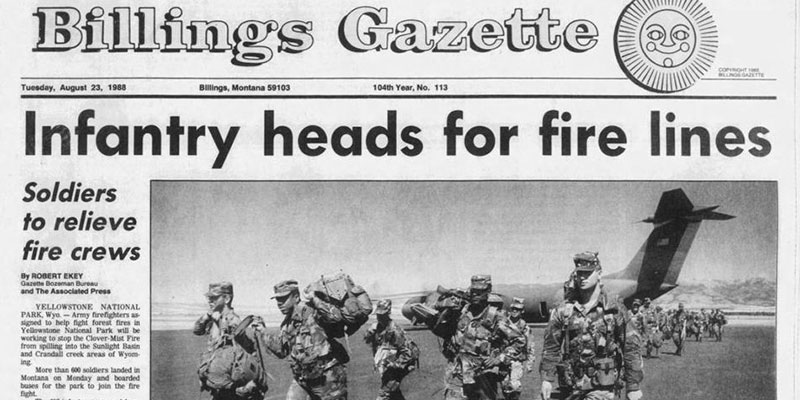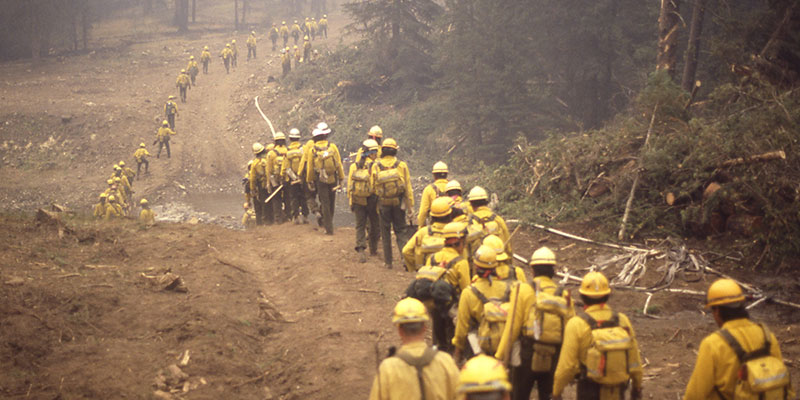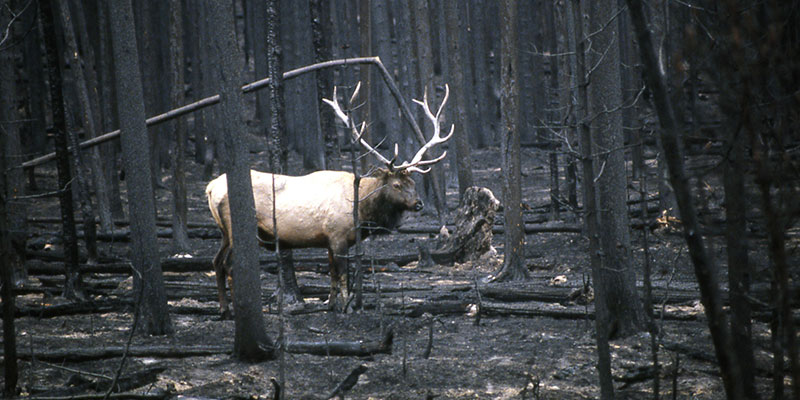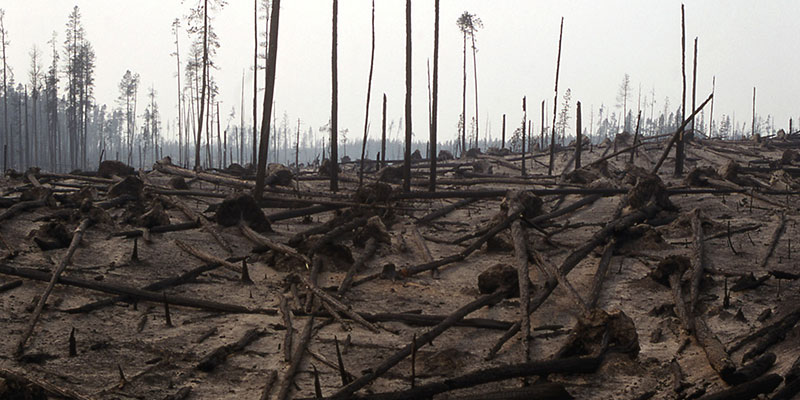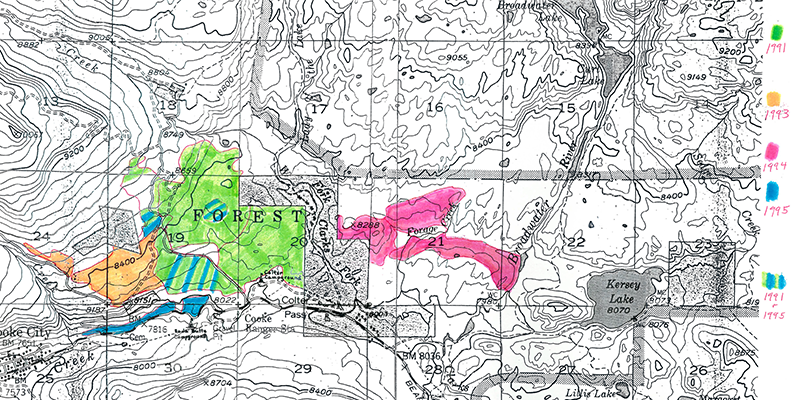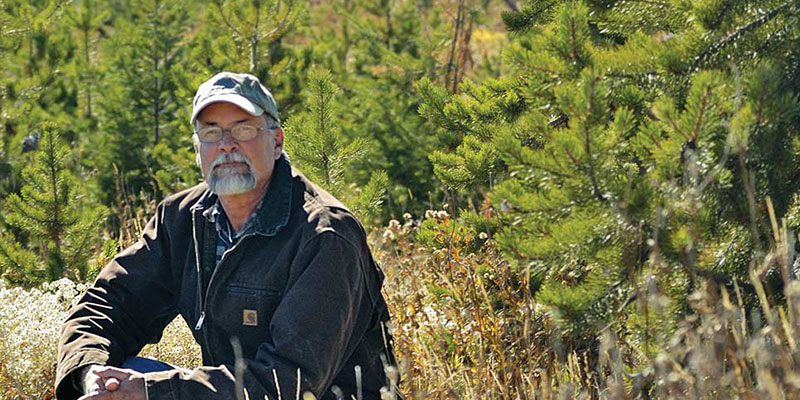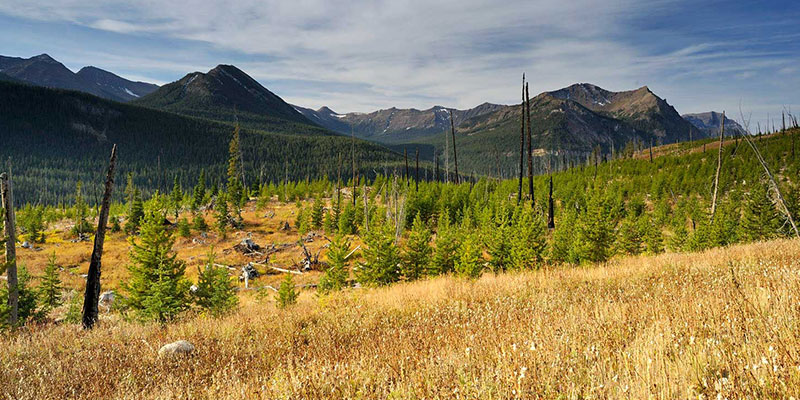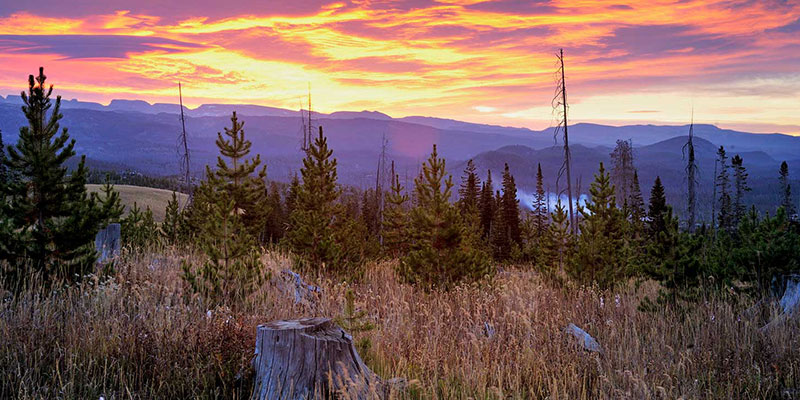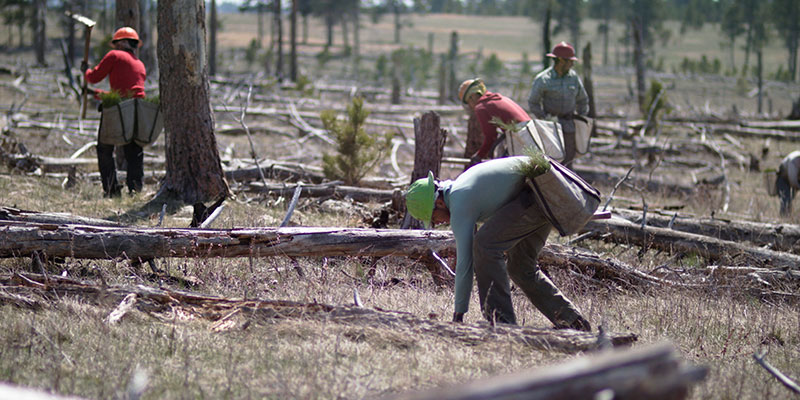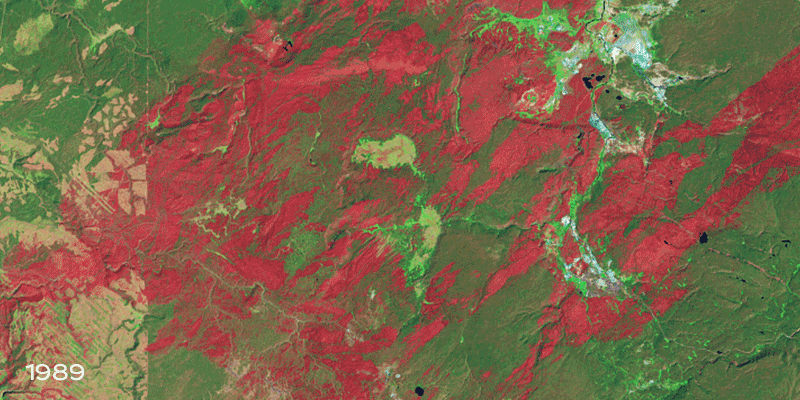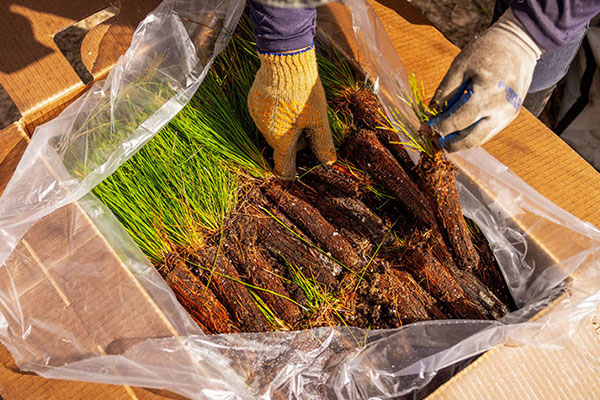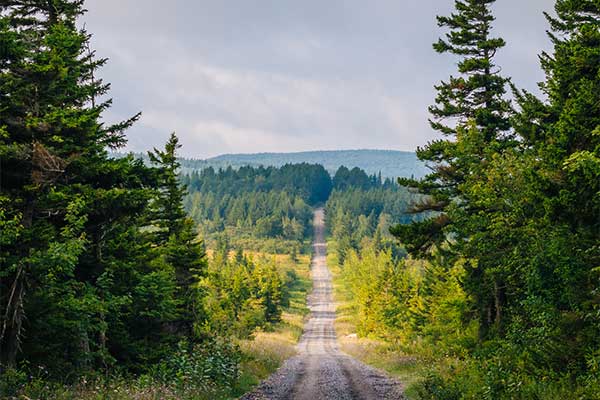“We could not have the planting program we have without the Arbor Day Foundation and its members. It is their contributions, large and small, that make this happen. This can’t be overstated,” said Stan Cook, a forester who led the restoration efforts in Gallatin, in a previous interview about the project.
“That was the beginning of a beautiful friendship,” Brandt said.
180 million trees and counting
Since that first reforestation project, the Foundation has gone on to fund the planting of more than 50 million trees with the Forest Service. The program has expanded to other entities, like private landowners, state forests, and nature preserves.
It’s expanded into international territory, too. The first reforestation project outside of the U.S. began in 2008, and today, new trees are being planted in more than 50 countries. 180 million have been planted altogether.


